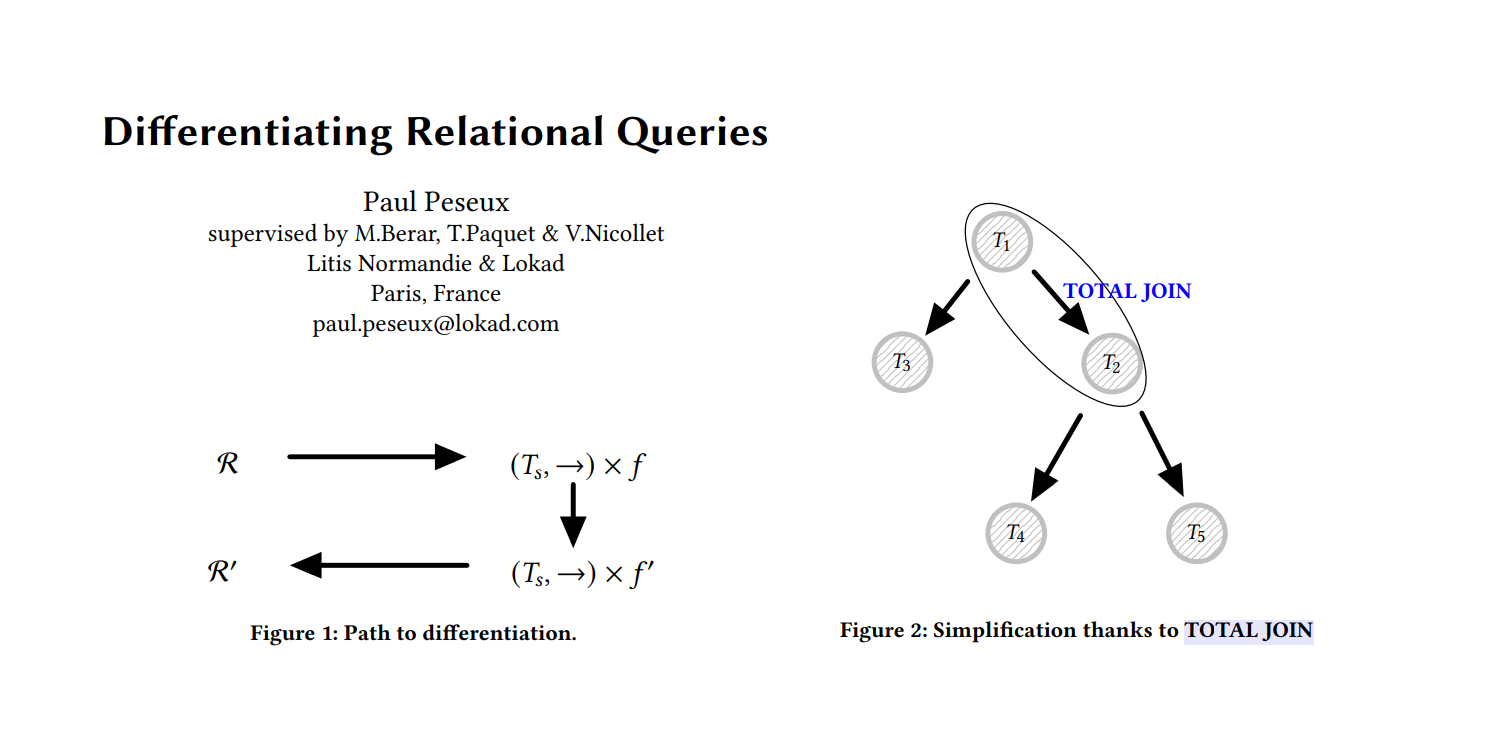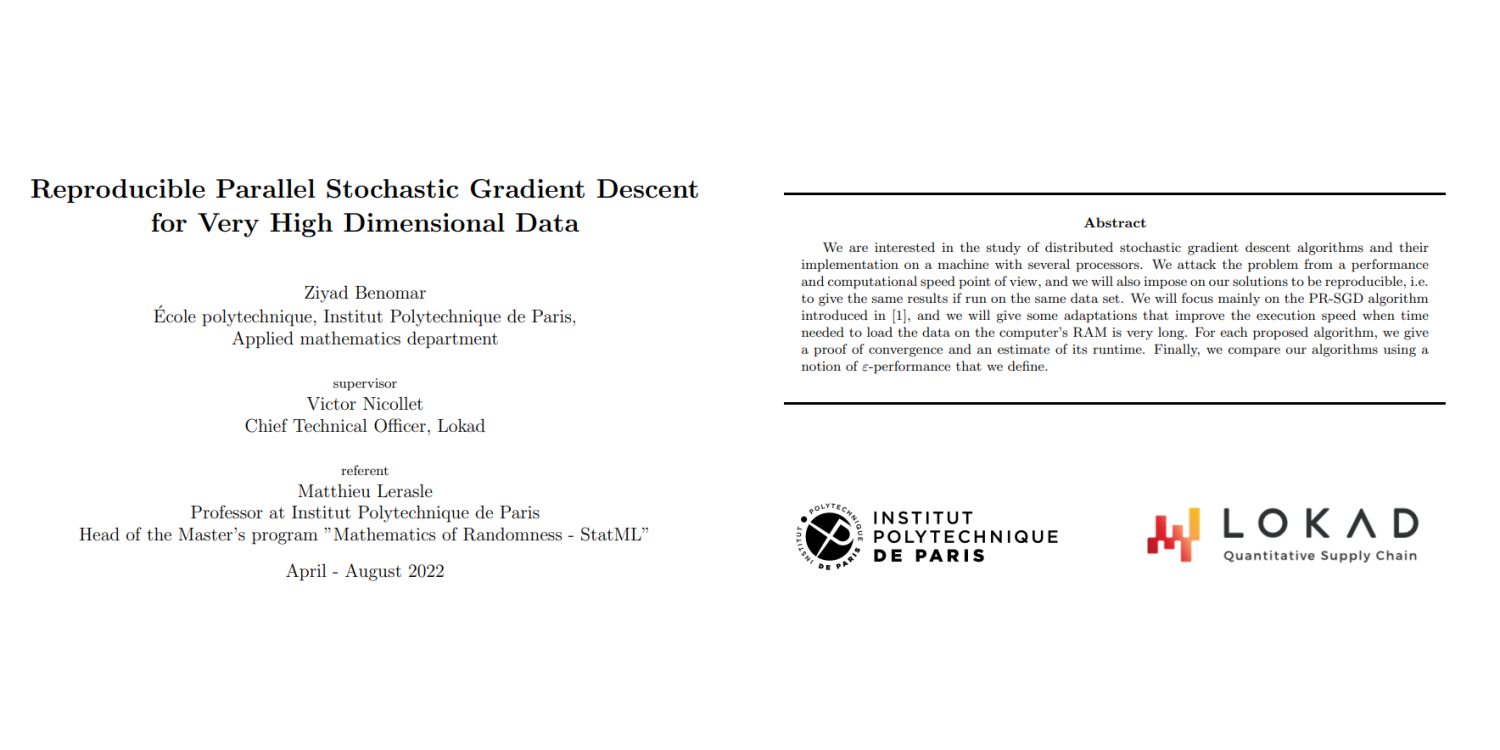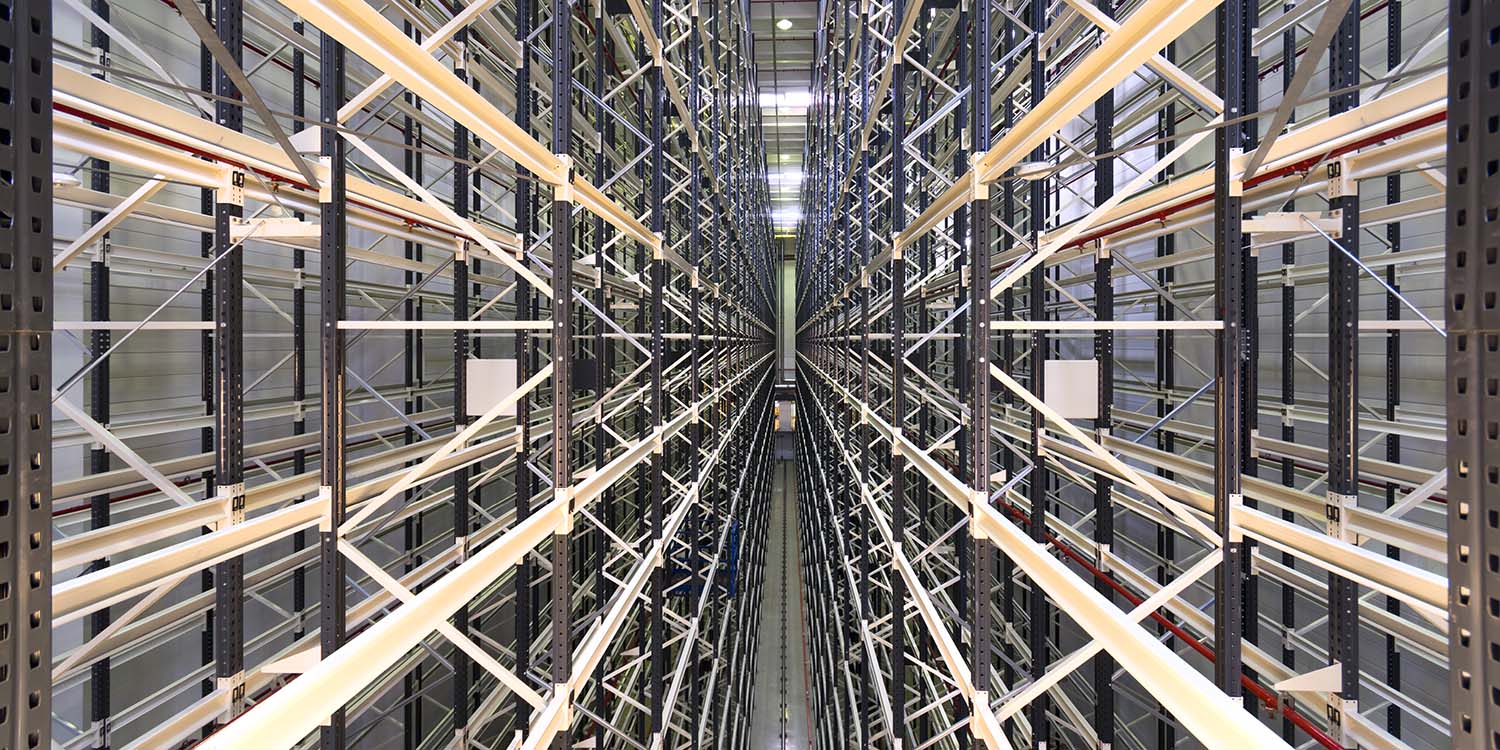Technology
Back to the blog ›
Differentiating Relational Queries
Supply chain data present themselves almost exclusively as relational data such as orders, clients, suppliers, products, etc. Those data are collected through the business systems - the ERP, the CRM, the WMS - that are used to operate the company.
Reproducible Parallel Stochastic Gradient Descent
The stochastic gradient descent (SGD) is one of the most successful techniques ever devised for both machine learning and mathematical optimization. Lokad has been extensively exploiting the SGD for years for supply chain purposes, mostly through differentiable programming. Most of our clients have a least one SGD somewhere in their data pipeline.
Envision VM (part 4), Distributed Execution
The previous articles mostly examined how individual workers executed Envision scripts. However, both for resilience and for performance, Envision is actually executed across a cluster of machines.
Envision VM (part 3), Atoms and Data Storage
During execution, thunks read input data and write output data, often in large quantities. How to preserve this data from the moment it is created and until it is used (part of the answer is on NVMe drives spread over several machines), and how to minimize the amount of data that goes through channels slower than RAM (network and persistent storage).
Envision VM (part 2), Thunks and the Execution Model
Like most other parallel execution systems, Envision produces a directed acyclic graph (DAG) where each node represents an operation that needs to be performed, and each edge represents a data dependency where the downstream node needs the output of the upstream node in order to run.
Envision VM (part 1), Environment and General Architecture
A Supply Chain Optimization pipeline covers a wide range of data processing needs':' data ingestion and augmentation, feature extraction, probabilistic forecasting, producing optimal decisions under constraints, data exports, analytics, and dashboard creation.
Why FTP instead of REST
Most web apps feature web APIs styled as REST, yet Lokad features FTPS and SFTP, which may appear surprising. However, this choice is intentional, why did Lokad choose to go this route?
Factors of success in predictive supply chains
Wading through the miasma of supply chain technologies remains a challenge. What can help to guarantee success?
Ranked 6th out of 909 teams in the M5 forecasting competition
Lokad have come at the 6th position in the M5 Forecasting competition out of 909 competing teams. It’s an impressive feat.
Quantitative SCM vs Classic APS
Module-by-module comparison between classic APS (Advance Planning and Scheduling) systems and the quantitative supply chain as implemented by Lokad.









